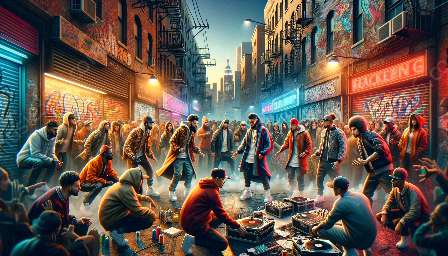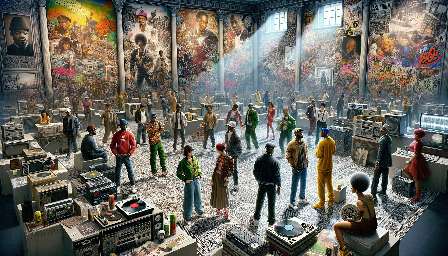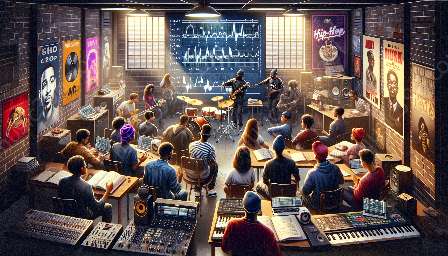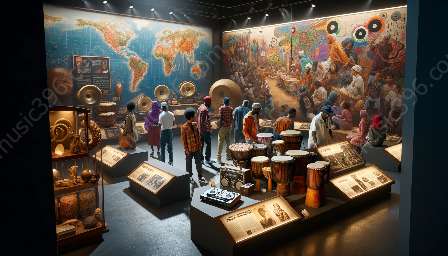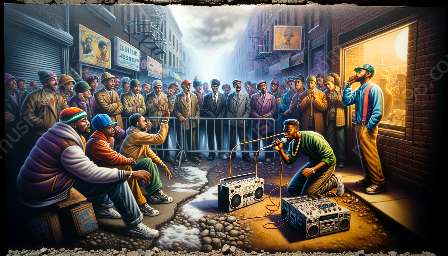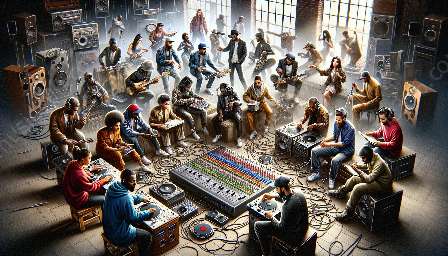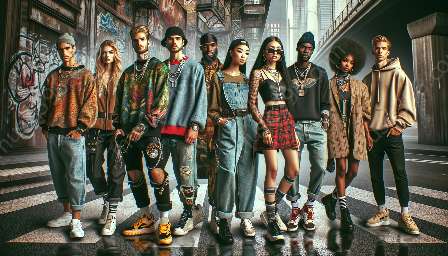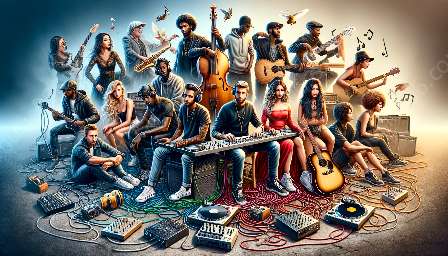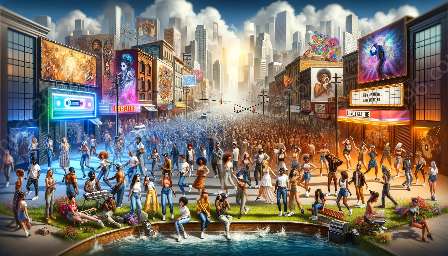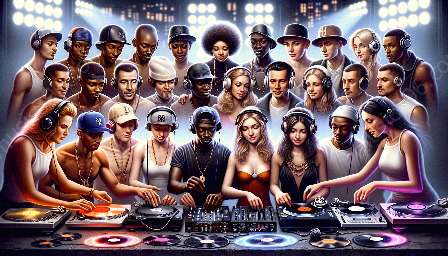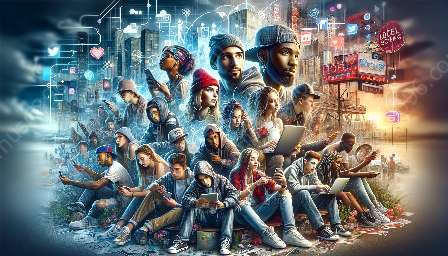Urban music, particularly the hip-hop genre, has undergone significant transformation due to the influence of technology. From the production process to distribution channels, technology has played a crucial role in shaping the urban and hip-hop music industry.
1. Evolution of Music Production and Recording
Advancements in technology have revolutionized the way urban music is produced and recorded. In the early days of hip-hop, artists relied on traditional instruments and analog recording equipment. However, the introduction of digital audio workstations (DAWs) and software-based production tools has democratized music production. Artists can now create studio-quality tracks using affordable software and hardware, eliminating the need for expensive recording studios.
2. Sampling and Sound Design
Technology has also impacted the art of sampling and sound design in urban music. Sampling, a fundamental aspect of hip-hop, has become more accessible and sophisticated thanks to digital samplers and sample libraries. Artists can manipulate and layer samples with ease, allowing for creative innovation and experimentation in their music.
3. Internet and Social Media
The internet and social media have transformed the distribution of urban music. Platforms like SoundCloud, YouTube, and streaming services have given independent artists a global platform to showcase their music without relying on traditional record labels. Social media has also enabled direct interaction between artists and their fan base, fostering a sense of community and connection within the urban music scene.
4. Marketing and Promotion
Technology has redefined the way urban music is marketed and promoted. Digital marketing tools and social media advertising allow artists to target specific demographics and reach a global audience with their music. Additionally, data analytics and streaming platforms provide insights into listener behavior, enabling artists to tailor their marketing strategies to maximize their reach and impact.
5. Live Performances and Virtual Reality
Advancements in technology have enhanced the live performance experience for urban and hip-hop artists. From elaborate stage setups to immersive visuals, technology has elevated the production value of live concerts, offering audiences a multi-sensory experience. Furthermore, virtual reality (VR) and augmented reality (AR) have opened up new possibilities for virtual concerts, allowing artists to engage with fans in innovative ways.
6. Collaborative Tools and Remote Production
Remote collaboration and production have become more prevalent in the urban music industry, thanks to technological advancements. Artists can now collaborate with producers and songwriters from different parts of the world, exchanging music files and ideas seamlessly. This has facilitated a global exchange of musical influences and styles, contributing to the diversity and richness of urban music.
7. Impact on Sound Aesthetics
The evolution of technology has significantly influenced the sound aesthetics of urban music. From the use of auto-tune to the integration of electronic elements, technology has allowed artists to explore new sonic territories and push the boundaries of genre conventions. The fusion of electronic and urban music has given rise to innovative sub-genres and sonic landscapes.
8. Future Trends and Innovations
Looking ahead, technology continues to shape the future of urban music. Advancements in artificial intelligence (AI) and machine learning are expected to impact music composition, production, and personalized music recommendations. Furthermore, virtual and augmented reality technologies hold the potential to revolutionize the concert experience, offering immersive and interactive performances.
Conclusion
Technology has undeniably transformed the creation and distribution of urban music, redefining the sonic palette and reshaping the industry dynamics. As technology continues to evolve, artists and music professionals must adapt to these changes, leveraging innovative tools and platforms to create, promote, and share urban and hip-hop music in an ever-changing digital landscape.

